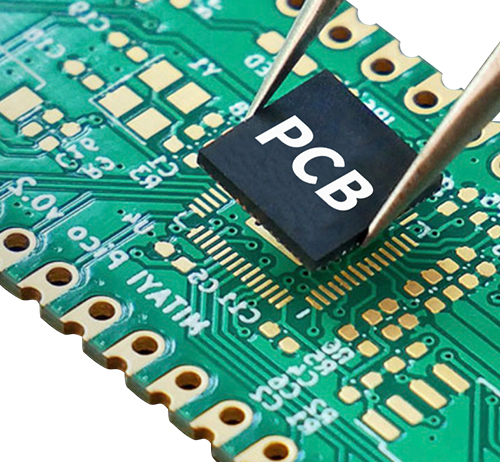Time:2022-08-04 Visit:
01 Design board acceptance
Factory Engineering accepts and checks the design board files sent by the customer.
Checks include: design files are appropriate, layers are missing, make sure files have borders, drill files exist, etc.
If the design is flawed, the engineering department will notify the designer to make changes. If there is no design problem, mass production can be carried out according to the design.
02Print the design as transparencies
Print checked design files on transparencies.
Projecting light onto these films exposes the photoresist on the circuit board in a manner similar to exposing a photograph. This circuit board design is like a movie, lifelike and especially vivid.

03 Cutting and edging of fiberglass
Choose fiberglass and cut and sand.
Choose top and bottom copper plated FR-4 type fiberglass and cut to size on a cutter. Since the edges of the fiberglass are too rough, we need to polish the edges.
04 inner layer production
Fiberglass top and bottom layers are covered with plastic dry film and hardened under UV light.
After the two sides of the glass fiber are hardened with dry film, they are pressed together by a machine, which can effectively prevent the copper from being dissolved by the alkaline liquid in the subsequent process.
05 Etching process
The purpose of the entire etching process is to remove excess copper and photoresist from the copper board, and complete the prototype of the PCB board through a series of processes.
The excess copper and photoresist on the laminated glass fiber are removed, and the etching process is completed after dipping with an alkaline solution. Finally, the entire etching process is completed by a combination of stripping, washing, drying, and drying.
06 Automatic Optical Inspection (AOI) and Vacuum Clip (PP)
The purpose of the automatic optical inspection is to check the etching of the inner layer to ensure that the etching of the inner layer is all correct.
The clip vacuum is a yellow epoxy-like patch attached to the side of the board to increase adhesion.